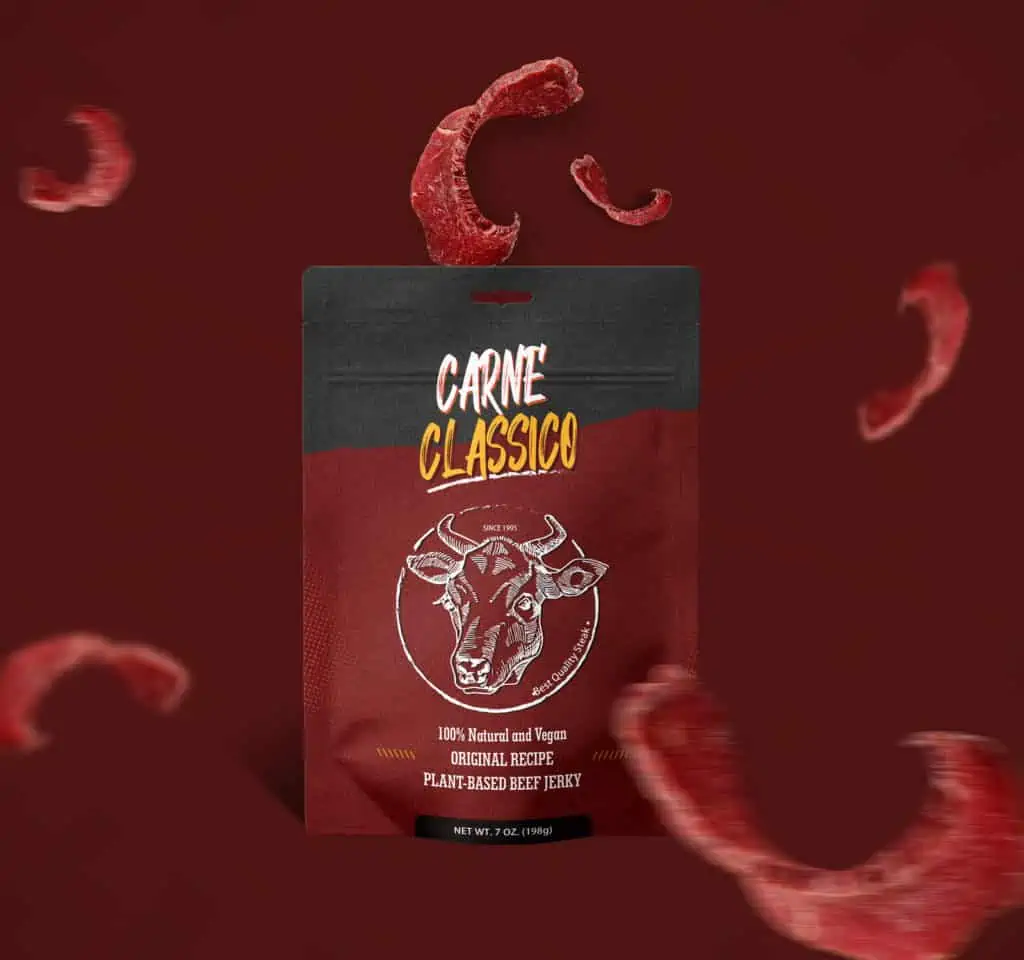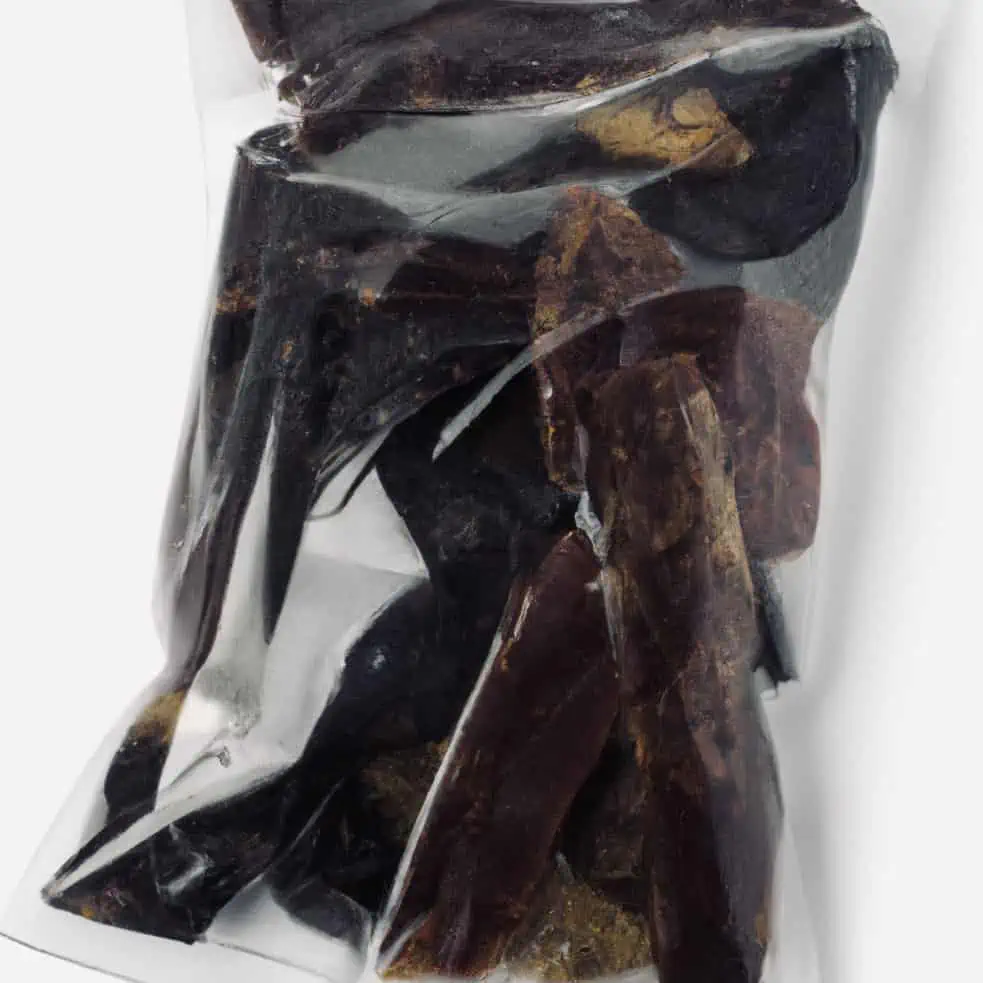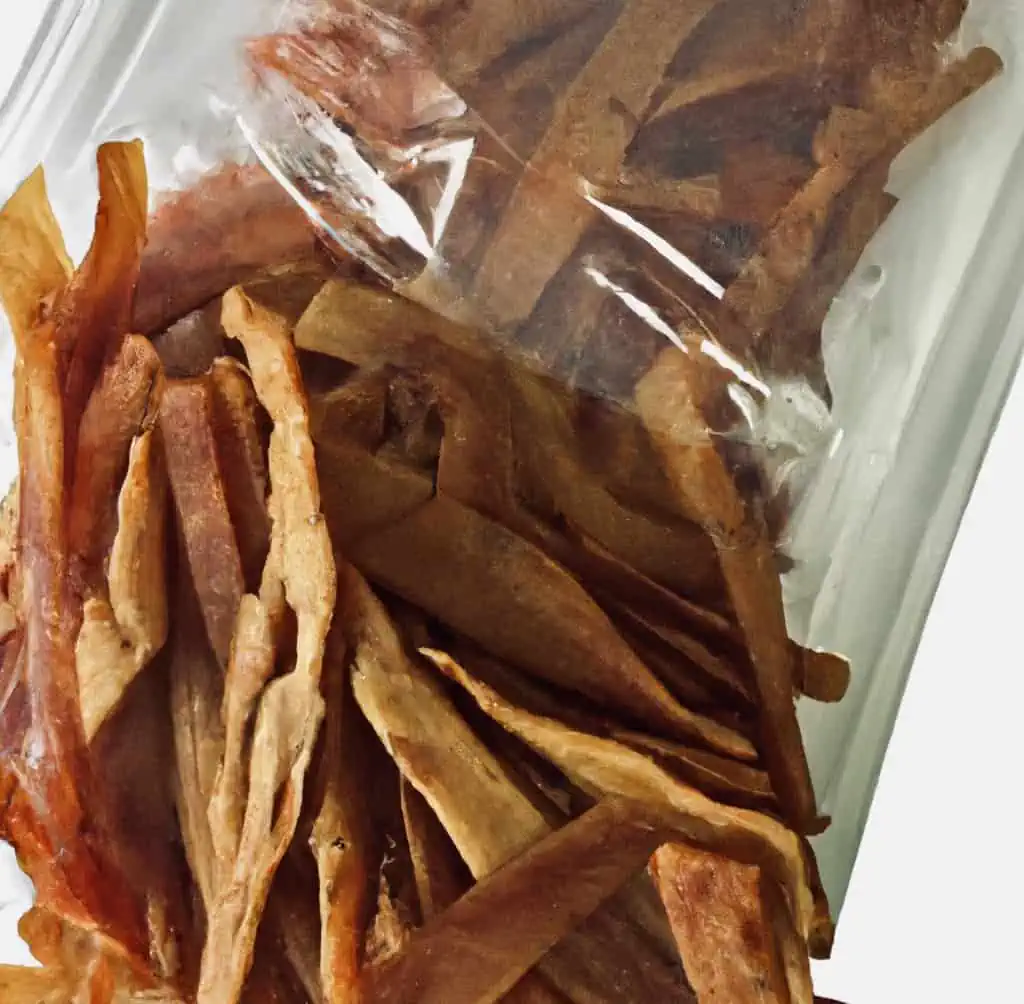3 Powerful Ways Candy Packaging Design Boosts Sales In the world of confectionery, it's not just the sweetness inside that counts, but the allure of the wrapping it comes in. At Pouch Me, working with many candy businesses to get both branding and print packaging quality and performance right, we know this all too well. […]
Products
Choose Your Custom Pouch
who we are
Resources
My cart







